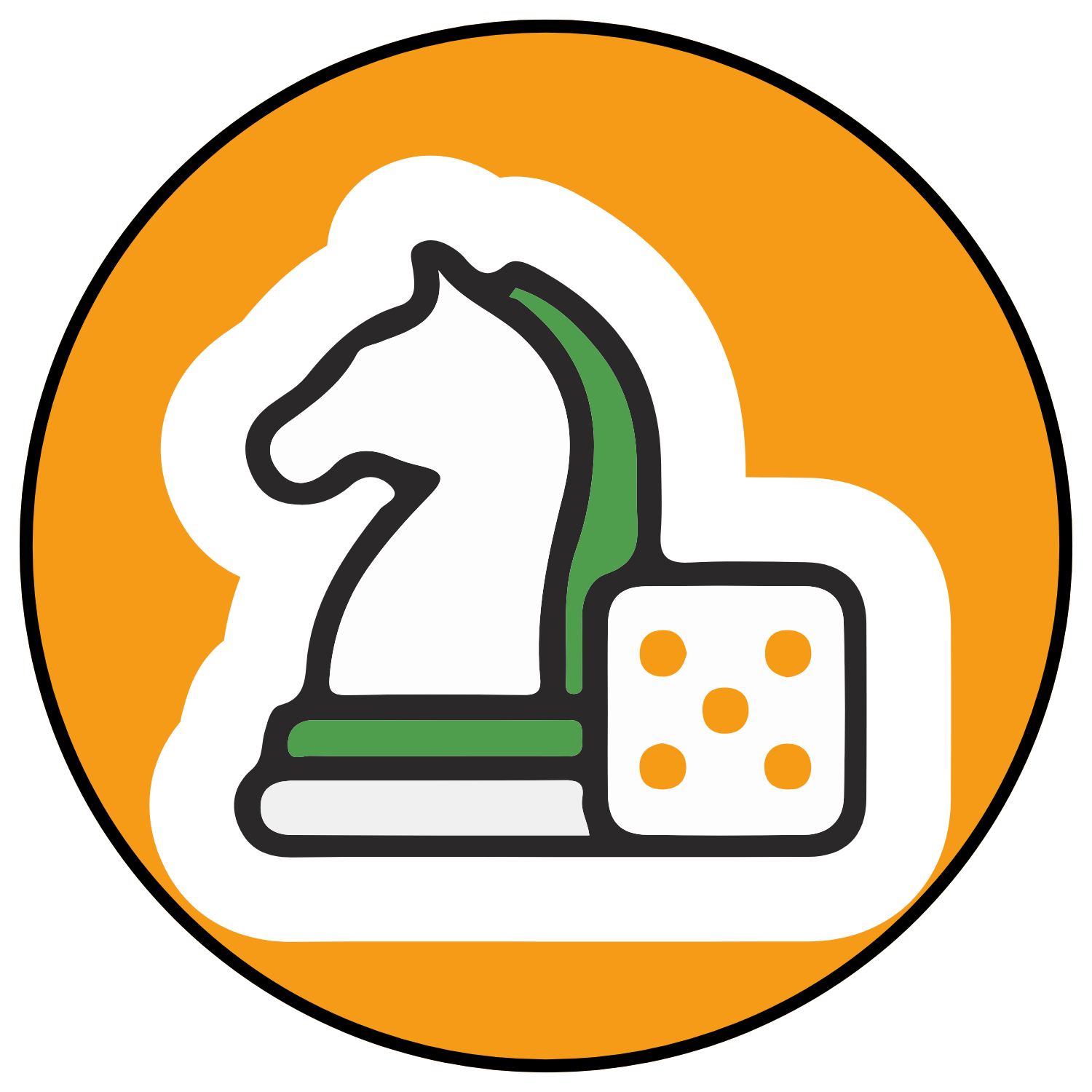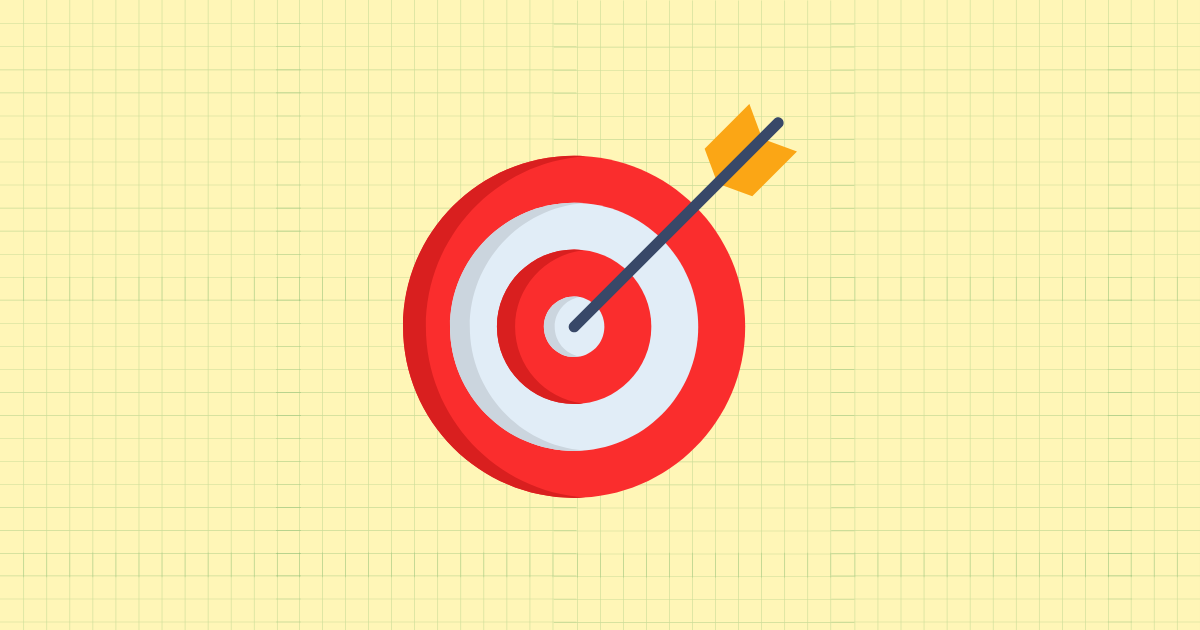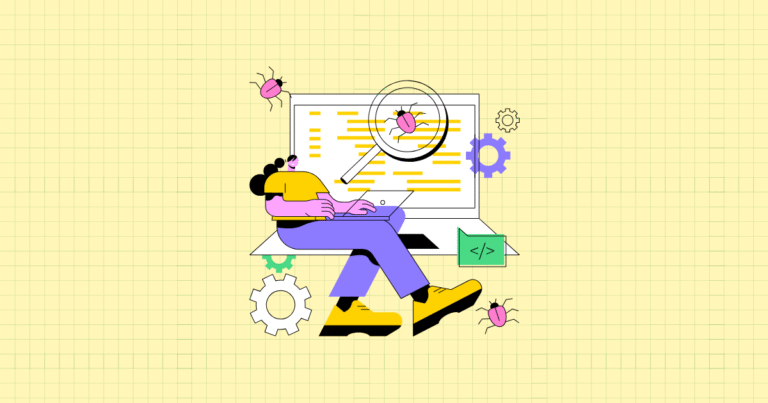Turn Every Departing Visitor Into a Conversion Opportunity
Picture this: A potential customer spends fifteen minutes browsing your Shopify store, adds items to their cart, then suddenly moves their cursor toward the close button. In that split second, you’re about to lose not just a sale, but potentially a lifetime customer. What if you could intervene at that exact moment with the perfect offer?
Exit-intent popups represent one of the most powerful weapons in your conversion optimization arsenal. They’re your last chance to capture abandoning visitors and transform them into paying customers. But here’s the thing—most store owners get them completely wrong.
This comprehensive guide will show you exactly how to implement exit-intent popups that genuinely boost your Shopify store’s revenue without annoying your customers. You’ll discover the psychology behind why they work, learn step-by-step implementation strategies, and uncover advanced tactics that separate successful stores from the rest. By the end, you’ll have everything needed to recover those lost sales and build a thriving email list in the process.
Understanding Exit-Intent Popups
Fundamental Concepts
Exit-intent technology works like a digital mind reader. On desktop devices, it tracks your visitor’s mouse movements and triggers when the cursor moves toward the browser’s close button, back button, or address bar. It’s remarkably sophisticated—detecting the precise moment someone decides to leave.
Mobile detection requires a different approach entirely. Since there’s no mouse cursor to track, exit-intent triggers rely on scroll patterns, time thresholds, and behavioral signals. The technology might activate when a user scrolls back up rapidly after reaching the bottom of a page, or when they’ve spent a certain amount of time without taking any action.
But not all exit-intent popups serve the same purpose. Discount offers grab immediate attention with percentage-off deals or dollar amounts. Email signup popups focus on list building, often offering lead magnets like guides or exclusive content. Product recommendation popups suggest related items based on browsing behavior. Survey popups gather valuable feedback about why visitors are leaving without purchasing.
Each type serves a specific goal in your conversion strategy. The key is matching the right popup type to your business objectives and visitor behavior patterns.
Psychological Principles
Loss aversion drives human behavior more powerfully than the promise of gains. When visitors see a time-limited discount code counting down before their eyes, they’re not just thinking about saving money—they’re afraid of losing an opportunity that might never return.
However, manufactured urgency backfires spectacularly. Fake countdown timers that reset for every visitor destroy trust instantly. Authentic scarcity, on the other hand, creates genuine motivation to act. When you offer a truly time-limited code that expires and gets deleted from your system, visitors sense the authenticity.
Behavioral segmentation takes this psychology further. Window shoppers respond differently than dedicated buyers. Someone who’s spent thirty seconds on your homepage needs a different approach than someone who’s been comparing product features for twenty minutes. Understanding these visitor types lets you craft targeted messages that resonate with their specific mindset and motivation level.
Planning Your Exit-Intent Strategy on Shopify
Defining Goals and KPIs
Success starts with crystal-clear objectives. Most Shopify stores see conversion lift targets of 5-7% when implementing exit-intent popups correctly. But your goals might extend beyond immediate sales.
Email capture represents long-term value that compounds over time. A single email subscriber might be worth $20, $50, or even $100 in lifetime value depending on your products and retention strategies. Track your email capture rate alongside immediate conversions to understand the full picture.
Average order value improvements often surprise store owners. When exit-intent popups recommend complementary products or offer bundle deals, they can increase the total purchase amount even when the initial discount reduces margins. Monitor AOV changes to ensure your popup strategy enhances overall profitability.
Set specific, measurable targets for each metric. Instead of hoping for “more conversions,” aim for a 6% increase in conversion rate within 30 days. This precision helps you evaluate what’s working and what needs adjustment.
Audience Segmentation
Not every visitor deserves the same treatment. New visitors exploring your brand for the first time need different incentives than returning customers who’ve already shown interest. First-time visitors might respond well to welcome discounts, while returning visitors might prefer exclusive access or loyalty rewards.
Cart status reveals critical intent signals. Someone who’s added products to their cart demonstrates higher purchase intent than someone who’s only browsed collection pages. Abandoned cart visitors represent your highest-value segment—they’ve already decided they want your products but something prevented the final purchase.
Traffic sources matter enormously for segmentation. Visitors from paid ads have different expectations than those from organic search or social media. PPC visitors often expect some form of offer since they clicked on an advertisement, while organic visitors might be more receptive to value-focused messaging.
Selecting the Right Shopify App or Solution
Shopify offers basic popup functionality, but third-party apps provide the advanced features serious stores need. Built-in options work for simple email capture, but sophisticated exit-intent strategies require specialized tools.
Evaluate apps based on customization flexibility, analytics depth, and code generation capabilities. The best apps let you create unique, single-use discount codes automatically while providing detailed performance metrics. Look for features like A/B testing, behavioral targeting, and integration with your email marketing platform.
K-Exit Intent Popup offers straightforward setup with solid customization options. OptiMonk provides advanced segmentation and personalization features. Growth Suite specializes in intelligent visitor tracking and personalized, time-limited offers based on purchase intent prediction. Each serves different complexity levels and strategic approaches.
Consider your technical comfort level and long-term needs when choosing. Simple solutions work initially, but growing stores often need more sophisticated targeting and automation capabilities.
Implementation Steps on Shopify
Installation and Setup
Installing your chosen exit-intent app from the Shopify App Store typically takes under five minutes. The process involves granting necessary permissions and integrating with your current theme. Most quality apps handle this integration automatically without requiring code modifications.
Mobile responsiveness demands special attention during setup. Test your popups on various devices and screen sizes to ensure they display correctly. A popup that looks perfect on desktop but breaks on mobile will frustrate more visitors than it converts.
Template selection sets the foundation for your popup’s performance. Choose designs that complement your brand’s visual identity rather than generic templates that scream “discount popup.” Your fonts, colors, and imagery should create a seamless experience that feels native to your store.
Visual hierarchy matters tremendously for conversion rates. Your call-to-action button should be the most prominent element, followed by your value proposition, then supporting details. Visitors should understand what they’re getting and how to claim it within three seconds of seeing the popup.
Configuring Triggers and Targeting
Exit thresholds determine when your popup appears. Too sensitive, and you’ll interrupt engaged visitors who accidentally moved their cursor. Too restrictive, and you’ll miss genuine exit attempts. Most successful implementations use moderate sensitivity with additional behavioral triggers.
Page-level targeting lets you show different popups based on visitor location within your store. Product page visitors might see offers related to items they’re viewing, while cart page visitors might receive last-chance discounts on their selected items. Homepage visitors could see general welcome offers or trending product recommendations.
Frequency capping prevents popup fatigue that destroys user experience. Once someone sees your exit-intent popup, they shouldn’t see it again for at least seven days. This cooling-off period maintains the popup’s impact while respecting visitor preferences.
Time-based triggers can complement exit-intent detection. A visitor who’s spent several minutes on a product page without taking action might be hesitating due to price concerns. Combining time triggers with exit-intent creates multiple conversion opportunities without being pushy.
Coupon Code Management
Dynamic, single-use codes create genuine urgency that visitors can sense. When someone receives a discount code that’s generated specifically for them and expires after a set time, they understand the offer is authentic rather than a recycled promotion everyone receives.
Automated expiration upon timer completion requires backend integration that deletes expired codes from your Shopify system. This technical detail might seem minor, but it’s crucial for maintaining trust. Visitors who try to use expired codes later will discover they’re truly gone, reinforcing the authenticity of future offers.
Syncing with your backend prevents code misuse and ensures inventory accuracy. The best systems track code usage in real-time and prevent multiple applications of the same discount. This protects your margins while maintaining a professional customer experience.
Designing High-Converting Popups
Messaging and Copywriting
Benefits must come before discounts in your messaging hierarchy. Instead of leading with “20% OFF,” start with what that discount means for the customer: “Save $40 on your favorite products” or “Get premium quality for less.” This benefit-first approach connects with visitor motivations more effectively than raw percentages.
Action-oriented calls-to-action eliminate ambiguity about next steps. “Claim My Discount” performs better than generic “Submit” buttons. “Get My 15% Off” creates ownership and urgency simultaneously. The best CTAs combine action verbs with personal pronouns and specific benefits.
Social proof integration adds credibility without cluttering your message. A simple line like “Join 15,000+ happy customers” or “Trusted by fashion lovers worldwide” reinforces that others have made successful purchases. Keep social proof relevant to your audience and specific enough to be believable.
Visual Elements
Eye-catching imagery should align with the products or categories your visitor has been viewing. Someone browsing winter coats should see coat-related imagery in their exit popup, not generic lifestyle photos. This contextual relevance increases the psychological connection between the offer and their current shopping intent.
Countdown timers must reflect real expiration times to maintain trust. A timer showing 15 minutes should actually delete the discount code after 15 minutes. Fake timers that reset create short-term conversions but destroy long-term credibility. The accuracy of your timers directly impacts visitor trust in your brand.
Responsive layouts ensure perfect display across all devices and screen orientations. Your popup should look professional and function flawlessly whether viewed on a desktop monitor, tablet, or smartphone. Test extensively on different devices to identify and fix any display issues before launch.
Ethical Considerations
Deceptive urgency tactics might boost short-term conversions but damage brand reputation permanently. Fake stock counters, recurring “limited time” offers, and misleading countdown timers create skeptical customers who doubt future communications. Authentic urgency based on real limitations performs better long-term.
Respectful frequency means showing popups only when they provide genuine value. Bombarding visitors with multiple popups per session or showing the same offer repeatedly creates negative experiences that override any conversion benefits. Quality interactions matter more than quantity.
Privacy and cookie policy compliance becomes increasingly important as regulations evolve. Ensure your popup system respects visitor privacy preferences and complies with applicable laws in your target markets. Transparent data collection practices build trust that supports long-term customer relationships.
Advanced Personalization and Automation
Behavioral Data Integration
Shopify Analytics and Google Analytics data provide the foundation for intelligent popup targeting. Page view patterns, time on site, and previous purchase history reveal visitor intent levels that inform your popup strategy. Someone who’s viewed multiple products in the same category shows higher purchase intent than a first-time browser.
Real-time intent prediction takes behavioral analysis further by scoring visitors based on current session activities. Systems like Growth Suite analyze every interaction to predict purchase likelihood, showing exit offers only to visitors who appear hesitant rather than those who seem ready to buy without incentives.
This data-driven approach prevents wasted discounts on visitors who would have converted anyway while focusing persuasion efforts on those who need additional motivation. The result is higher conversion rates with better profit margins.
Dynamic Content and Offers
Product recommendations based on cart contents create highly relevant exit experiences. If someone has added a dress to their cart, your exit popup might suggest matching accessories or shoes. This approach increases average order value while providing genuine value to the customer.
Discount tiers adjusted by engagement level ensure you’re offering the minimum incentive necessary for conversion. Highly engaged visitors might respond to smaller discounts, while less engaged browsers might need larger incentives. Dynamic pricing maximizes conversions while protecting margins.
Personalized messaging based on visitor characteristics creates stronger emotional connections. New customers might see welcome messages, while returning visitors receive loyalty-focused communication. Geographic targeting can customize offers based on local preferences or seasonal considerations.
Automated Testing and Optimization
A/B testing different offers and designs reveals what resonates with your specific audience. Test discount amounts, messaging approaches, visual designs, and timing triggers systematically. Small improvements compound over time to create significant performance gains.
Performance metrics analysis goes beyond simple conversion rates to include revenue per visitor, email capture rates, and long-term customer value. A popup that generates more email subscribers might be more valuable than one that produces slightly more immediate sales.
Iterative refinement based on data insights prevents stagnation and adapts to changing customer preferences. Regular testing and optimization ensure your exit-intent strategy continues improving rather than becoming outdated or less effective over time.
Testing, Monitoring, and Maintenance
Tracking Key Metrics
Popup view rates indicate how effectively your triggers identify genuine exit intent. Low view rates might suggest triggers that are too restrictive, while extremely high rates could indicate triggers that activate too frequently for genuine visitor behavior.
Conversion lift measures the actual impact on your bottom line. Track not just popup conversion rates but overall site conversion improvements. The best exit-intent implementations increase total site conversions by 5-15% through recovered abandoning visitors.
Email capture rates and downstream lifetime value reveal long-term popup effectiveness. An email subscriber might not purchase immediately but could generate substantial revenue through future email marketing campaigns. Track subscriber engagement and purchase behavior over time to understand full popup value.
Ongoing Optimization
Regular A/B testing on messaging, design, and triggers prevents performance stagnation. Customer preferences evolve, and what works today might be less effective next quarter. Systematic testing ensures your popups remain compelling and relevant to current visitor expectations.
Template updates reflecting seasonal campaigns keep your offers fresh and timely. Holiday promotions, seasonal product launches, and special events provide opportunities to create urgency and relevance that generic offers can’t match.
Technical monitoring prevents popup failures that could frustrate visitors or miss conversion opportunities. Regular checks ensure triggers activate correctly, timers display accurately, and discount codes generate and expire as intended.
Scaling Across Regions and Segments
Localization for different languages and currencies expands popup effectiveness to international audiences. Currency displays should match visitor locations, and messaging should reflect cultural preferences and expectations around promotions and urgency.
Segment-specific messaging for loyalty tiers and VIP customers creates more personalized experiences. First-time visitors, repeat customers, and high-value purchasers should see different offers that reflect their relationship with your brand and their demonstrated value preferences.
Regional testing accounts for cultural differences in response to urgency, discounts, and promotional messaging. What works in North American markets might not resonate in European or Asian markets. Test and adapt your approach based on regional performance data.
Case Studies and Examples
Fashion Retailer Success with Growth Suite
A mid-size fashion retailer implemented Growth Suite’s intelligent exit-intent system and achieved a 15% average order value increase within 60 days. The key was personalized offers based on behavioral triggers rather than generic discounts for all departing visitors.
Their implementation focused on purchase intent prediction, showing exit offers only to visitors who demonstrated product interest but appeared hesitant to complete purchases. Dedicated buyers who showed strong purchase signals never saw discount offers, protecting profit margins on sales that would have happened anyway.
Behavioral triggers included time spent viewing product details, multiple product comparisons, and cart additions followed by hesitation. The system generated unique, time-limited codes that expired automatically, creating genuine urgency that visitors could verify was authentic.
Niche Store Email Capture via Exit-Intent
A specialized outdoor gear retailer grew their email list by 25% using non-discount lead magnets in exit-intent popups. Instead of offering price reductions, they provided valuable content like hiking guides, gear checklists, and seasonal preparation tips.
Their popup design featured stunning outdoor photography that matched their brand aesthetic, with clear value propositions about the content being offered. The messaging emphasized the exclusivity and usefulness of the guides rather than focusing on price savings.
Targeting focused on visitors who had viewed multiple products or spent significant time reading product descriptions, indicating genuine interest in outdoor activities. The approach attracted highly engaged subscribers who were more likely to open emails and make future purchases.
Survey-Driven Feedback Popup
An electronics retailer used exit-intent surveys to identify specific abandonment reasons, leading to actionable store improvements that boosted overall conversion rates by 12%. The surveys appeared for visitors who had viewed products but were leaving without purchasing.
Questions focused on specific concerns like shipping costs, product information clarity, comparison difficulties, or checkout complexity. The brief survey took under 30 seconds to complete and offered a small discount for participation.
Responses revealed that unclear return policies were a major concern, prompting the retailer to prominently display their generous return terms on product pages. They also discovered that shipping costs were only visible at checkout, so they added shipping calculators to product pages. These changes improved conversions for all visitors, not just those who completed surveys.
Conclusion and Next Steps
Summary of Best Practices
Successful exit-intent popup implementation requires balancing conversion goals with user experience quality. The most effective approaches focus on authentic urgency, personalized messaging, and respectful frequency rather than aggressive or deceptive tactics.
Key principles include showing offers only to visitors who demonstrate genuine hesitation, creating real time limits with automatic code expiration, and maintaining consistent brand aesthetics throughout the popup experience. Technical reliability and mobile optimization are non-negotiable requirements for professional implementation.
Remember that exit-intent popups represent your last chance to engage departing visitors. Make that interaction valuable, relevant, and genuinely helpful rather than purely promotional. The best popups provide solutions to visitor concerns while advancing your business objectives.
Prioritized Implementation Roadmap for Shopify Owners
Start with quick-win tactics that provide immediate results with minimal setup complexity. Basic discount popups targeting cart abandoners can generate positive ROI within days of implementation. Focus on mobile optimization and trigger accuracy for foundation success.
Mid-term upgrades should introduce dynamic codes and behavioral segmentation as you gather performance data and understand visitor patterns. A/B testing different approaches reveals what resonates with your specific audience and products.
Long-term optimization incorporates AI-driven personalization and continuous testing protocols. Advanced implementations can predict purchase intent, customize offers dynamically, and integrate with comprehensive customer lifecycle marketing strategies.
Encouragement to Experiment and Iterate
Every Shopify store has unique visitor patterns, product types, and customer preferences that influence popup performance. What works for other stores provides inspiration, but your optimal approach requires experimentation and adaptation.
Start with proven fundamentals, then test variations systematically to discover improvements. Small gains compound over time to create substantial business impact. A 2% conversion improvement might seem minor initially but represents significant annual revenue growth.
The key is consistent testing and refinement rather than seeking perfect solutions immediately. Exit-intent popup mastery develops through experience, data analysis, and willingness to adapt based on results rather than assumptions.
References
- “Exit-Intent Pop-Up Best Practices + Real-World Examples,” Shopify Blog, Apr. 29, 2025. https://www.shopify.com/blog/exit-intent-popup
- “Exit-Intent Offers: Boost Shopify Sales Without Annoying Customers,” Growth Suite Blog, Aug. 21, 2025. https://www.growthsuite.net/blog/how-to-use-exit-intent-offers-without-being-annoying
- “Loss Aversion: Why Fear of Losing Drives E-commerce Sales,” Growth Suite Blog, Aug. 28, 2025. https://www.growthsuite.net/blog/loss-aversion-why-people-are-more-motivated-by-fear-of-losing
Ready to transform your exit-intent strategy and recover those lost sales? Growth Suite is a powerful Shopify app that goes beyond basic exit popups by intelligently tracking visitor behavior and predicting purchase intent. Instead of showing discounts to everyone, Growth Suite identifies visitors who are genuinely hesitant and presents them with personalized, time-limited offers featuring unique discount codes that automatically expire. The app seamlessly integrates with your store’s design, requires zero coding knowledge, and starts working immediately after installation. Install Growth Suite for free and watch your conversion rates climb while protecting your profit margins!




